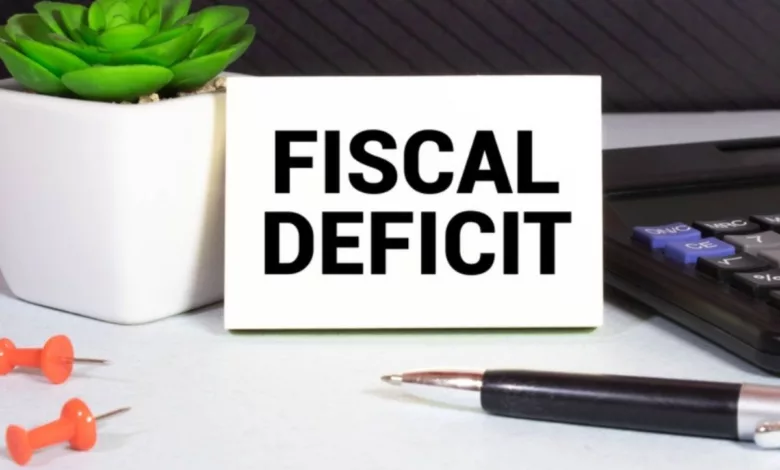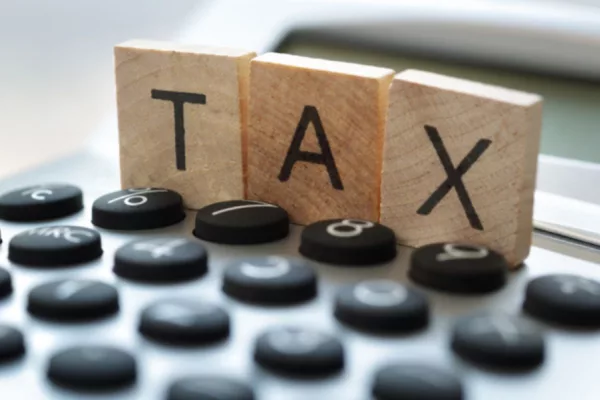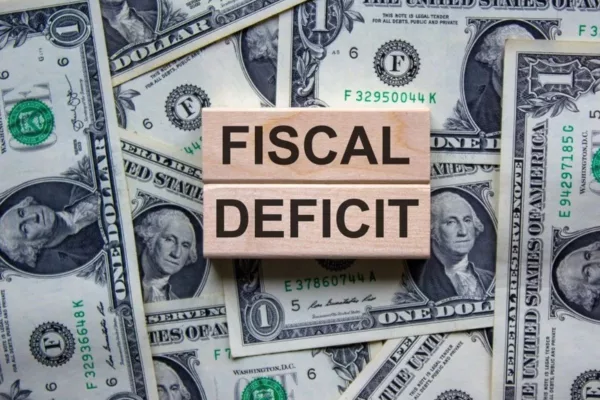Fiscal Deficit: The Government Tracks Receipts And Expenses To Reduce The Fiscal Deficit In FY23.
How is the Government Addressing the Fiscal Deficit?

The government tracks receipts and expenses to reduce the fiscal deficit in FY23.
The finance ministry started tracking revenue receipts, including tax revenue and expenditures, daily on March 1 to limit the fiscal deficit for the current fiscal year. Despite the revised tax revenue predictions being met by the government, it may be challenging to reach the target of Rs 50,000 crore from disinvestment proceeds.
According to officials, daily monitoring of tax and non-tax revenue collections will help the government quickly fix problems when they arise. “It is necessary to have updated information daily to keep a close eye on receipts, expenditures, and the involving fiscal position of the central government in March 2023,”
The Central Board of Direct Taxes (CBDT) and Central Board of Indirect Taxes and Customs (CBIC) have also been requested to submit flash numbers by the Ministry. Additionally, the memorandum stipulates that daily reports of other non-tax and disinvestment receipts are also required.
The whole bodies in charge of collecting direct and indirect taxes, respectively, are CBDT and CBIC. The e-Lekha platform would need daily accounting data uploads from non-civil departments like Railways, Defense, and Posts.

During the current fiscal year that ends on March 31, the Center has set a target of 6.4% for the fiscal deficit, which is the difference between government receipts and expenditures.
Until January, the budget deficit reached Rs 11.91 lakh crore or 68% of the Budget’s predictions. In contrast to the total spending of Rs 31.68 lakh crore, net tax receipts increased to Rs 16.89 lakh crore.
In contrast to the full-year forecasts of Rs 50,000 crore, the mop-up from disinvestment remained at Rs 31,106 crore this fiscal year.
How is the government addressing the fiscal deficit?
Managing fiscal deficits, which happen when a government spends more than it earns in revenue, is a perennial concern for governments around the globe. Maintaining economic stability and preventing rising debt levels, which can be challenging to manage in the long run, require careful fiscal deficit management.
Tracking receipts and expenses is a crucial measure governments use to control their fiscal deficits. Governments can improve their understanding of their financial situation and make wise judgements about managing their expenditure by keeping track of the money coming in and leaving out.
Monitoring several various variables is required to keep track of receipts and expenses. Governments must maintain a record of every dollar they collect in taxes, fees, fines, and other forms of funding. This necessitates sophisticated financial data collection and processing tools and specialised financial analysts and accountants teams.
On the expenditures front, governments must consider every penny they spend on public services, infrastructure improvements, and other programmes. This can entail keeping track of expenditures across numerous departments and agencies, and it necessitates having a thorough awareness of the goals and spending priorities of the government.

A budget is a crucial instrument government use to track their income and outlay. A budget is a financial plan that describes how much money the government expects to bring in and spend over a specific period, typically a fiscal year. Budgets are usually developed by the finance ministry or treasury department and are based on forecasts of the economy, revenue, and other pertinent information.
After creating a budget, the government must monitor its performance all year. To do this, revenues and expenses must be compared to the projected numbers, and changes must be made as necessary. For instance, the government might need to cut costs or identify new revenue sources if actual revenues are less than anticipated.
A high level of knowledge and attention to detail is required when tracking receipts and expenses, which may be challenging and time-consuming. Financial management software, which can automate many of the processes involved in monitoring government finances, is used by many countries to aid in managing this process.

Budgeting, forecasting, and reporting processes can be made more efficient using financial management software, which can also shed light on emerging patterns and suggest areas where money might be saved.
Governments may employ additional measures to control their fiscal deficits and keep track of income and expenses. Taxation, which entails collecting money from individuals and corporations, is a specific tool. Although this can be politically challenging and may encounter opposition from stakeholders, governments may decide to reduce spending on public services or infrastructure projects.
Borrowing, or taking out loans to finance government spending, is another weapon governments may use. Governments can raise money by issuing bonds or other debt instruments and use that money to fund new infrastructure projects or other initiatives. But borrowing can also result in escalating debt levels, which are challenging to control over the long run.
Controlling fiscal deficits is a challenging endeavour that calls for carefully balancing several competing interests. Governments can acquire essential insights into their financial situation and make wise judgements on managing their expenditure by keeping track of receipts and expenses. By doing this, they can maintain economic stability, prevent debt from growing, and continue offering their inhabitants essential public services.
Edited by Prakriti Arora



